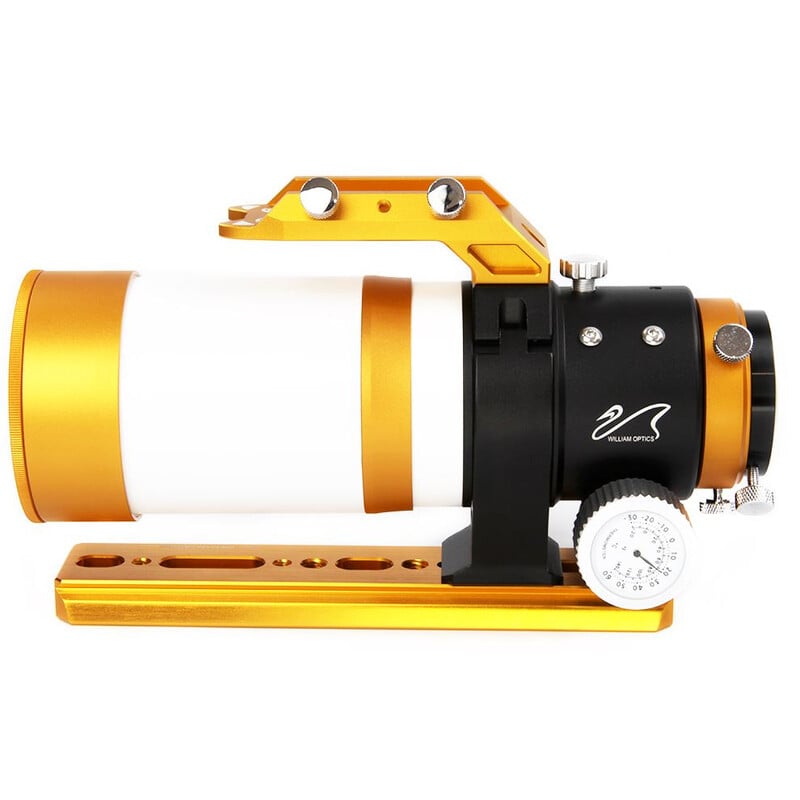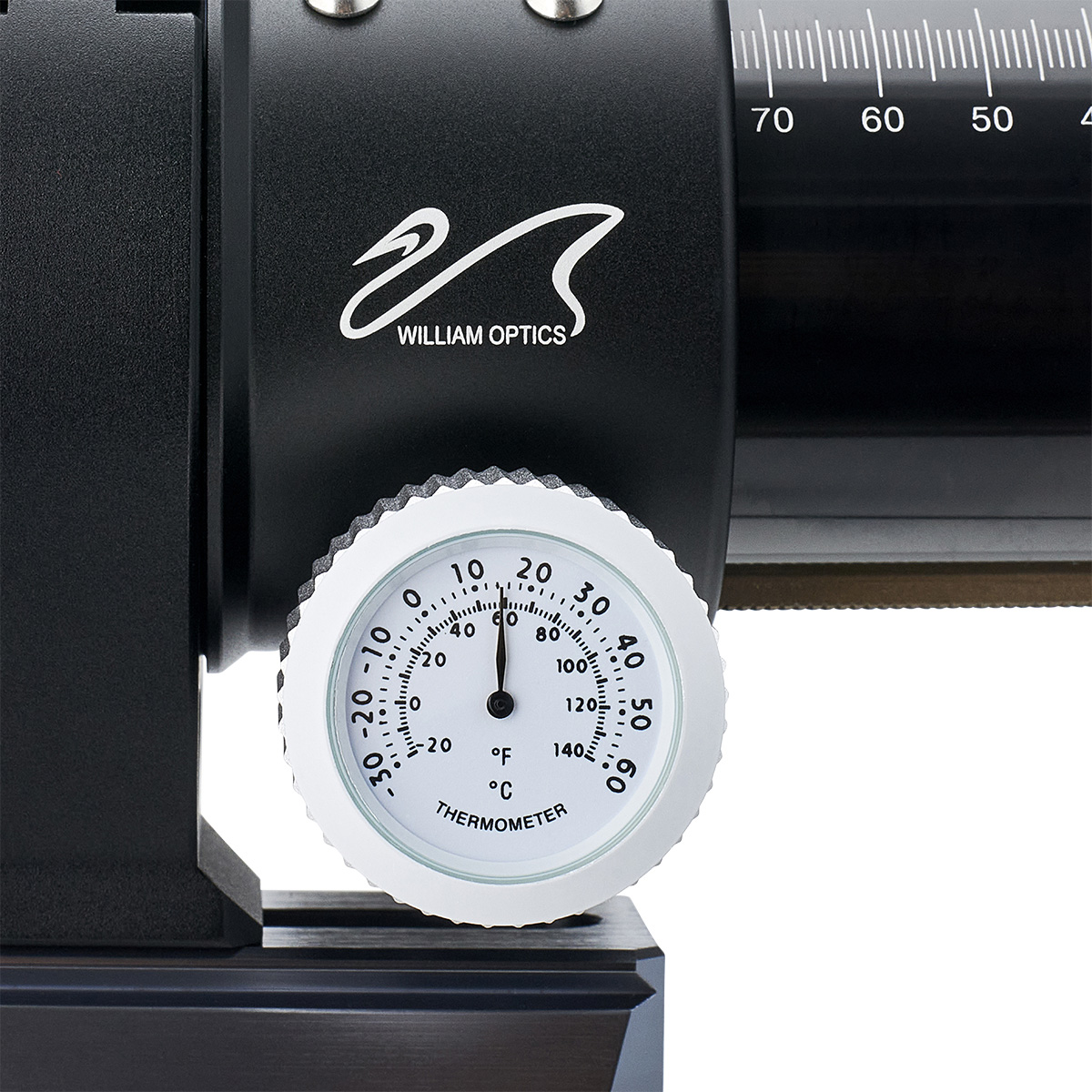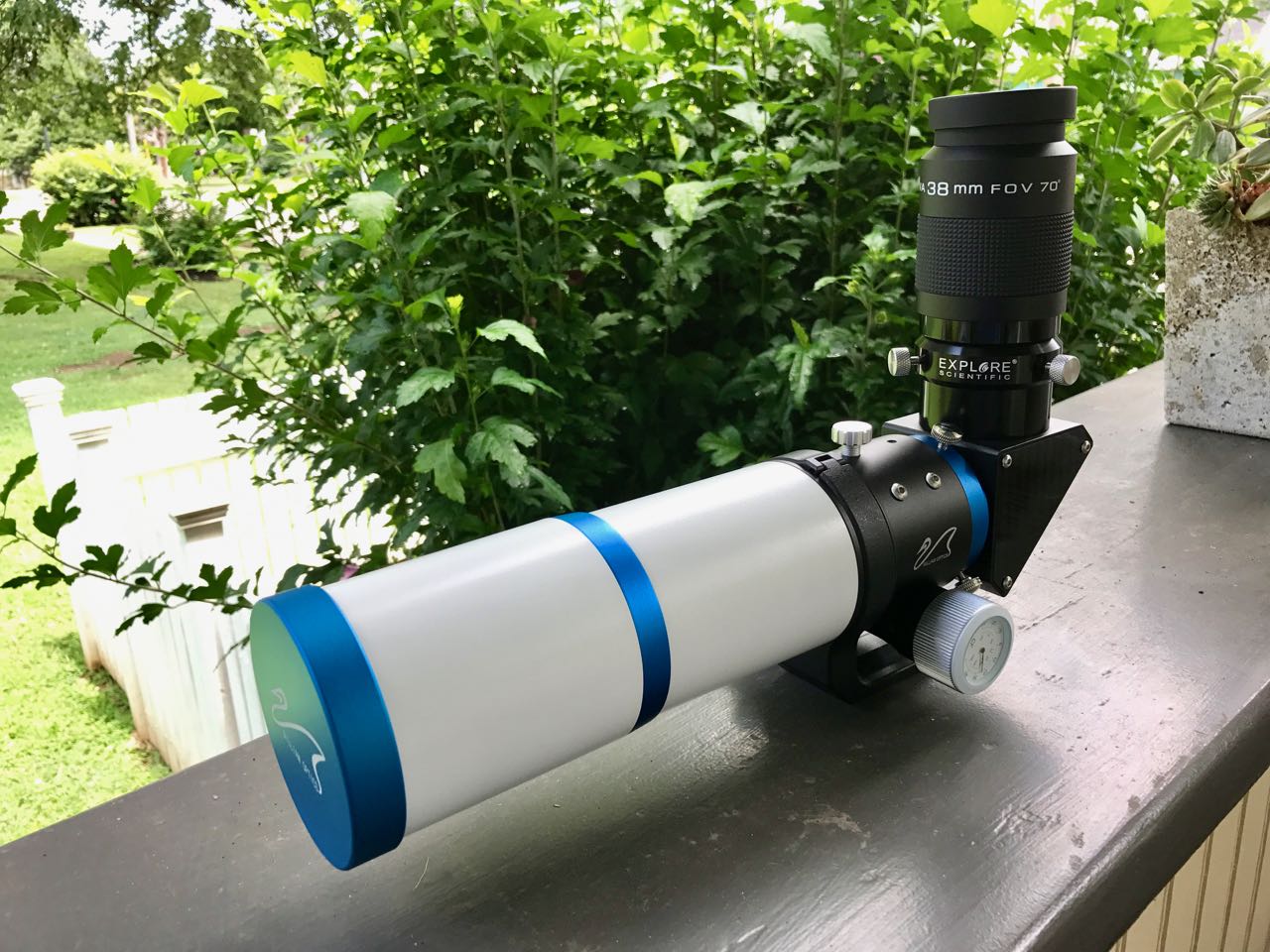

I found that when I added the camera, filter wheel, and guider, the whole system had a slight flex to it if I lifted or pushed down with the camera.

The stock version comes with this clamshell ring and shoe, and if you’re going to do anything other than some light visual astronomy, you will want to backup the stock ring with another. These scopes-I keep saying these scopes because there are several varieties of the same basic components, a few of them with the same focuser, focal length, and aperture, differing-as far as I can tell-only with the hardware, knobs, lens caps.Īnyway, the first thing you probably want to do with these is strengthen the scope’s connection to the dovetail bar. With the field flattener this ends up around 3.2 pounds or 1.45kg.

I found one thing when I added the imaging train-here’s my narrowband setup, with an Atik414EX monochrome CCD, a ZWO filter wheel with 5 filters, hydrogen-alpha, oxygen3, sulfur2, clear, and a near IR 685nm longpass. But there’s an easy modification that will make it even better. It’s a great scope, with a solid focuser. The ZS61 has a 360mm focal length at f/5.9, synthetic fluorite objective lens-FPL-53, which has some amazing optical properties. I didn’t get a chance to purchase one until May of this year. Starting around $450 USD, these little refractors, like the William Optics ZenithStar 61 sold out quickly. They were pitched as portable wide-field scopes, and also marketed here in the US for the solar eclipse last summer. There were several high-quality 60mm apochromatic refractors that entered the market last year. I can have this bolted to the pier plate, polar aligned, and ready to image in about five minutes. The other advantage of the CEM25P is quick setup time.

Over the last year this has become my primary telescope mount (over my Orion Atlas EQ-G), partly because I've been doing most of my astro-imaging work with 81 and 61mm aperture refractors (that's a William Optics GT81 in the upper right). I put together a list of modifications and upgrades I have added or built for my IOptron CEM25P mount, and included them in one handy image-with arrows and descriptions (see below). This one will be dedicated to this color imaging rig, with an auto-starting Ekos equipment profile. Second, I'm testing out some plans I have with Stellarmate (INDI, Ekos, KStars) on a Rasp Pi 3B+ (faster, with AC wifi). Two reasons: I need to test out an adjustment I made in the spacing from the WO FLAT 6AII, to see if it corrects some star elongation at the corners-I added a 3mm M48 spacer just between the flattener/reducer and the off-axis guider. According to several weather sources it's not going to be clear after 8pm tonight, but I set up the William Optics GT81 anyway.


 0 kommentar(er)
0 kommentar(er)
